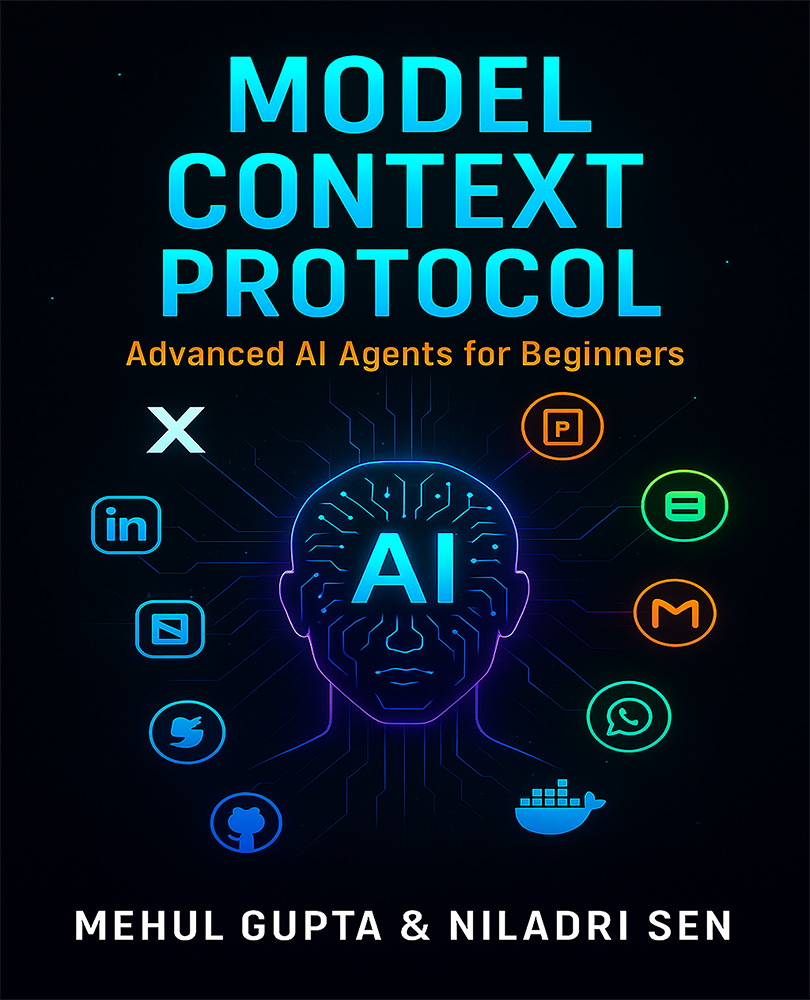Yesterday, Google introduced a new Tensorflow-based framework named Dopamine, which aims to provide flexibility, stability, and reproducibility for both new and experienced RL researchers. This release also includes a set of colabs that clarify how to use the Dopamine framework.
Dopamine is inspired by one of the main components in reward-motivated behavior in the brain. It also reflects a strong historical connection between neuroscience and reinforcement learning research. Its main aim is to enable a speculative research that drives radical discoveries.
Dopamine framework feature highlights
Ease of Use
The two key considerations in Dopamine’s design are its clarity and simplicity. Its code is compact (about 15 Python files) and is well-documented. This is achieved by focusing on the Arcade Learning Environment (a mature, well-understood benchmark), and four value-based agents:
Reproducibility
Google has provided the Dopamine code with full test coverage. These tests also serve as an additional form of documentation. Dopamine follows the recommendations given by Machado et al. (2018) on standardizing empirical evaluation with the Arcade Learning Environment.
Benchmarking
It is important for new researchers to be able to quickly benchmark their ideas against established methods. Following this, Google has provided the full training data of the four provided agents, across the 60 games supported by the Arcade Learning Environment. They have also provided a website where one can quickly visualize the training runs for all provided agents on all 60 games.
Given below is a snapshot showcasing the training runs for the 4 agents on Seaquest, one of the Atari 2600 games supported by the Arcade Learning Environment.

The x-axis represents iterations, where each iteration is 1 million game frames (4.5 hours of real-time play); the y-axis is the average score obtained per play. The shaded areas show confidence intervals from 5 independent runs.
The Google community aims to empower researchers to try out new ideas, both incremental and radical with Dopamine ’s flexibility and ease-of-use. It is actively being used in Google’s research, giving them the flexibility to iterate quickly over many ideas.
To know more about Dopamine in detail visit the Google AI blog. You can also check out its GitHubrepo.
Build your first Reinforcement learning agent in Keras [Tutorial]
Reinforcement learning model optimizes brain cancer treatment, reduces dosing cycles and improves patient quality of life
OpenAI builds a reinforcement learning based system giving robots hhuman-likedexterity
 United States
United States
 Great Britain
Great Britain
 India
India
 Germany
Germany
 France
France
 Canada
Canada
 Russia
Russia
 Spain
Spain
 Brazil
Brazil
 Australia
Australia
 Singapore
Singapore
 Canary Islands
Canary Islands
 Hungary
Hungary
 Ukraine
Ukraine
 Luxembourg
Luxembourg
 Estonia
Estonia
 Lithuania
Lithuania
 South Korea
South Korea
 Turkey
Turkey
 Switzerland
Switzerland
 Colombia
Colombia
 Taiwan
Taiwan
 Chile
Chile
 Norway
Norway
 Ecuador
Ecuador
 Indonesia
Indonesia
 New Zealand
New Zealand
 Cyprus
Cyprus
 Denmark
Denmark
 Finland
Finland
 Poland
Poland
 Malta
Malta
 Czechia
Czechia
 Austria
Austria
 Sweden
Sweden
 Italy
Italy
 Egypt
Egypt
 Belgium
Belgium
 Portugal
Portugal
 Slovenia
Slovenia
 Ireland
Ireland
 Romania
Romania
 Greece
Greece
 Argentina
Argentina
 Netherlands
Netherlands
 Bulgaria
Bulgaria
 Latvia
Latvia
 South Africa
South Africa
 Malaysia
Malaysia
 Japan
Japan
 Slovakia
Slovakia
 Philippines
Philippines
 Mexico
Mexico
 Thailand
Thailand















